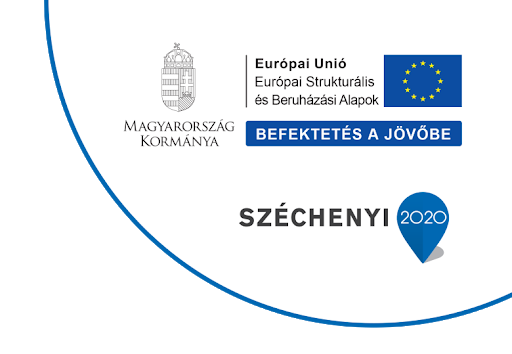
Dharma Gate Buddhist College won HUF 59.6 million in support for the implementation of its four-year institutional development project.
Beneficiary Name: Gate of Tan Buddhist College
The title of the project: Institutional developments at the Dharma Gate Buddhist College
The amount of the contracted support: HUF 59.6 million
Amount of support (in %): 100%
Planned completion date of the project: 30.09.2022.
Project ID: EFOP-3.4.3-16-2016-00024
Presentation of the project content:
The general goal of our project is higher education, in order to improve the quality, efficiency and accessibility of Tan Kapuja Buddhist College and to increase participation in education within the framework of our project.
1. Increasing the proportion of people with higher or equivalent education in society.
2. Making higher education accessible to everyone, divided according to talent.
3. Performance-oriented transformation of education and the creation of the necessary organizational background and institutional structure capable of channeling external expectations
4. Strengthening the harmony between training outputs and economic needs, which can ensure the economy’s adequate labor supply and the appropriate placement of graduates.
5. Improving the conditions for lifelong learning, increasing labor market relevance, creating flexible outcomes, rationalizing the ratio of theoretical-practical training elements.
6. Improving the fit of the curriculum networks and curricula to be developed based on the training and output requirements with the requirements of the learning outcome-based approach.
7. Implementation of educational innovation, which makes the teaching methodology used in higher education practice- and student-oriented.
8. The development of general abilities that contribute to the achievement of the goal of lifelong learning.
9. Development of students’ digital competences and their ability to acquire and manage information.
10. Increasing knowledge bases and improving their access, ensuring broad access to modern, user-oriented, university and college library and other information services.
11. Increasing the territorial coverage of higher education services: Some of the project’s activities are related to the differentiation of public services, in the following area: catch-up and additional training for students from the beneficiary districts to be developed with a complex program, thereby reducing their dropout.
12. Programs supporting staying in, competence development of students
13. Involvement of practicing professionals
14. Expanding the knowledge and positive connection of students and institutional employees regarding sustainable development, and for this purpose, incorporating the Sustainable Development Goals formulated by the UN into the training and operational processes.
15. Strengthening social activity and involvement among students.
16. Related to the above goals, a sub-goal is the rationalization and electronicization of the administration aimed at higher education students.
We make the training content created within the project continuously available to our students, because that is why we create it. We integrate the content into our training framework, among our existing modules, and make it part of our educational offer. This means that the new contents become part of our normal higher education operation, they are maintained with the help of our teaching and administrative staff, using our infrastructure.